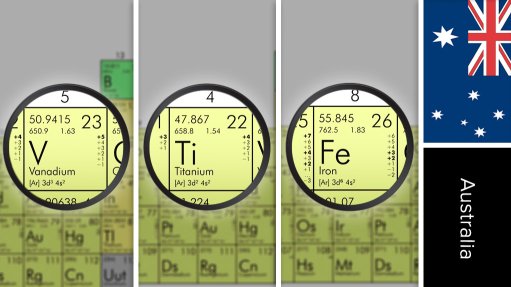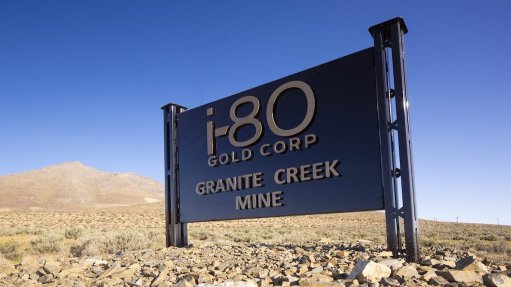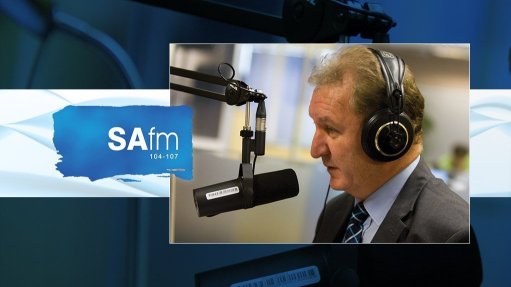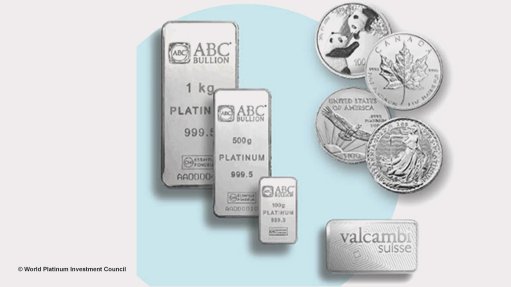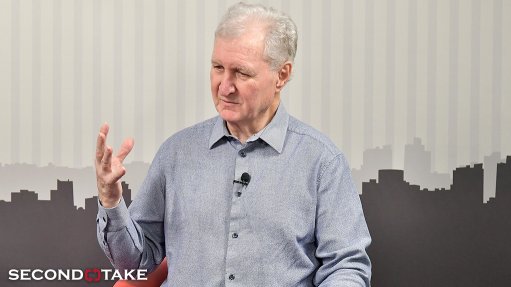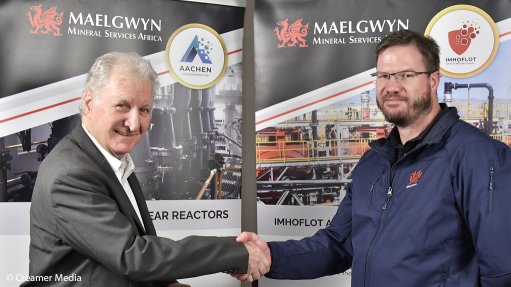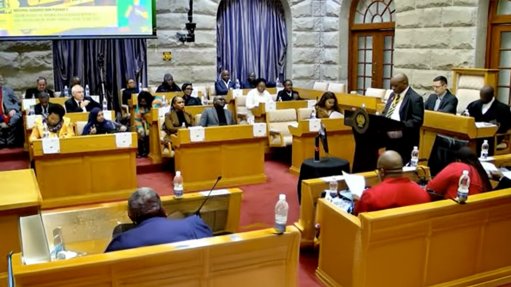Massive housing project being developed on historical mining area near Joburg CBD

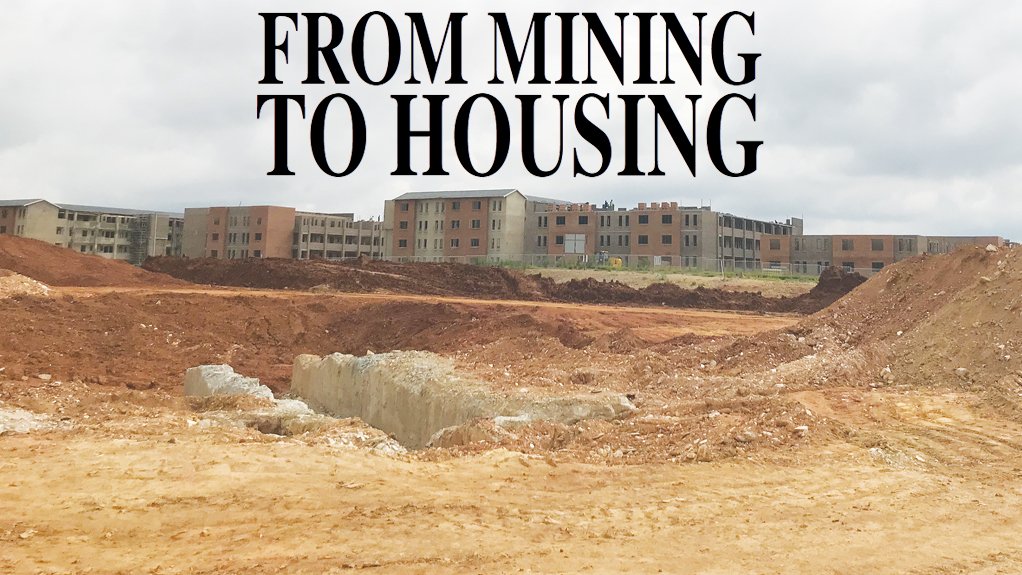
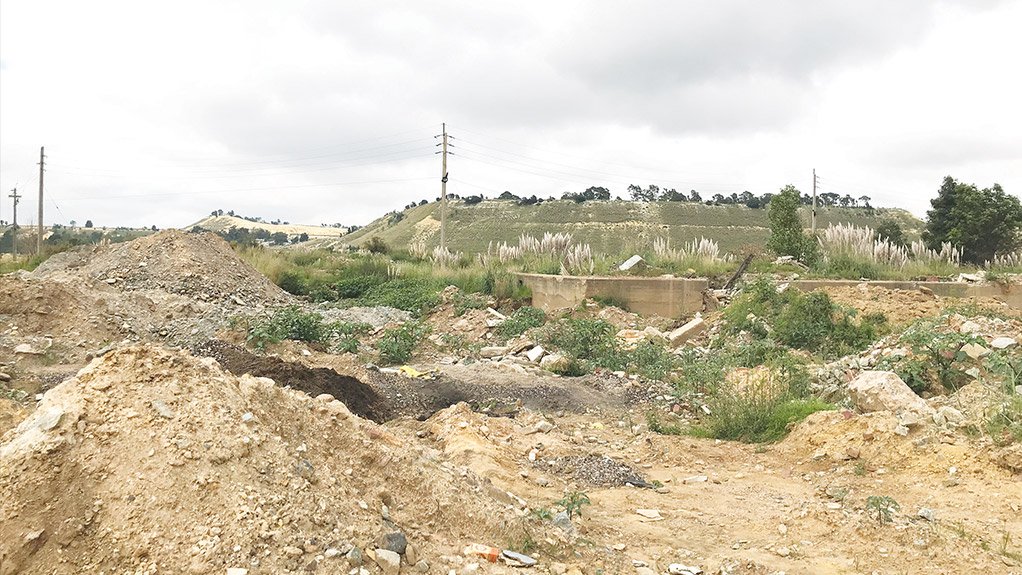
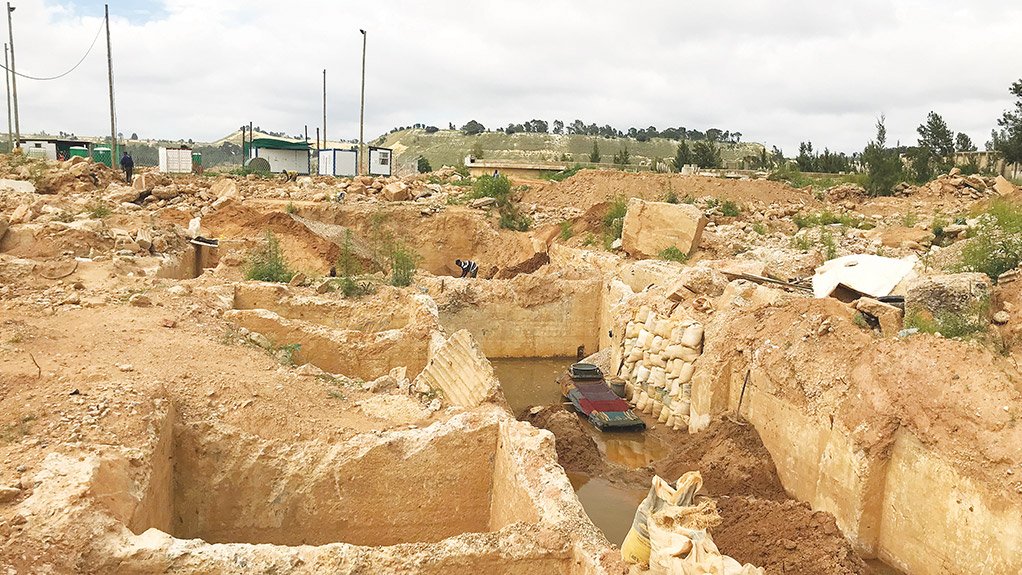
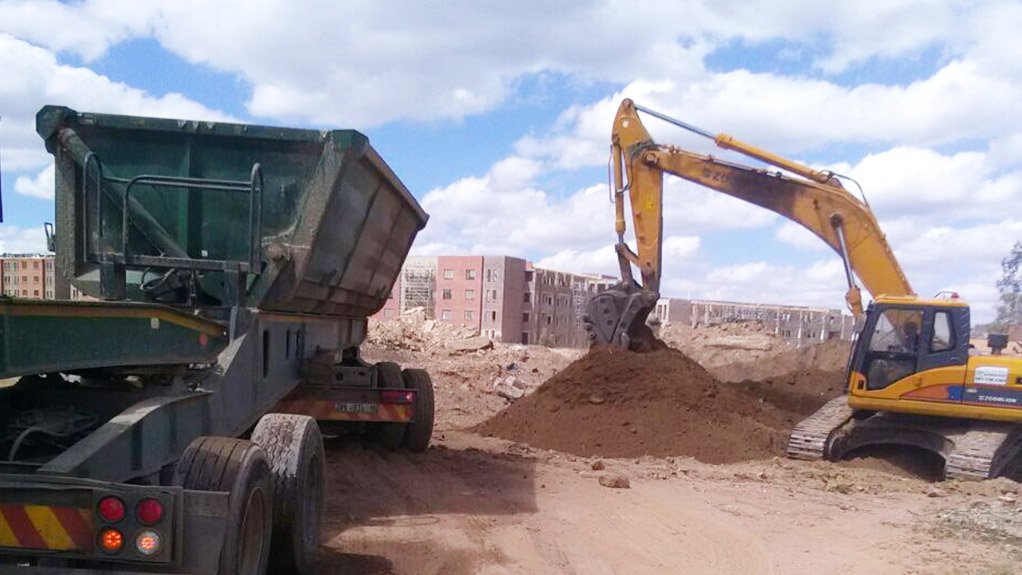
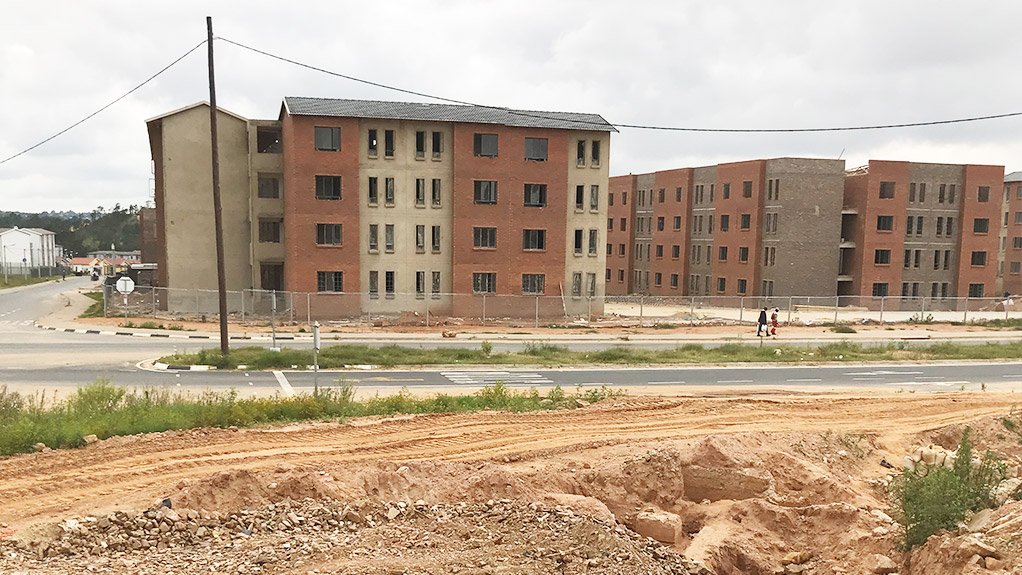
MINING LEGACYFleurhof is located on the Rand Leases mining area
CURBING ILLEGAL MINING With the prospect of finding gold fines in the mine dump sand, illegal mining has become problematic in the area
SOIL PROCESSING The Fleurhof land shows much potential to recover gold-bearing material during the rehabilitation process
SIGNIFICANT DEVELOPMENT Once completed, the Fleurhof area will be one of the largest integrated housing developments in Gauteng
A historical mining area now known as Fleurhof, on the northern edge of the Witwatersrand basin, in the Central Rand goldfield, immediately south-west of the Johannesburg central business district, is being transformed into a vast new housing development with the help of alternative mining solutions and rehabilitation company Ncamiso Mining.
Fleurhof is located on the Rand Leases mining area, which, together with the Durban Roodepoort Deep (DRD) mining centre, forms part of the Soweto cluster projects, where mining has been under- taken since the discovery of the goldfields in 1886.
Over the past 130 years, up to seven different gold mining companies have operated in the area – from the surface to depths of more than 3 km, resulting in the production of more than 30-million ounces of gold at a grade of more than 5 g/t.
Considered one of the largest integrated housing developments in Gauteng, Fleurhof is being developed in partnership with the City of Johannesburg (CoJ), integrated residential developers and Ncamiso Mining. The housing project forms part of Gauteng Premier David Makhura’s Mega Projects, announced in April 2015.
The overall project is set to meaningfully improve the immediate environment and lives of community members, providing housing for about 83 000 people.
However, because the land encompassed much of an old mine dump, it was determined that there was potential to extract fine gold-bearing material left in the soil from historical mining operations in the area.
Old mining methods and processing, now considered outdated, sometimes resulted in significant volumes of gold being left in discarded material, thereby spurring illegal miners to venture into old mine dumps to ‘wash’ and otherwise process soils in search of gold fines they could extract and sell to illicit buyers.
The way in which Ncamiso Mining rehabilitates disused land allows for the restoration of the reputation and legacy of mining in the area, says Ncamiso Mining MD Fikile Mashinini.
“Aside from the positive impact on State-owned liability, community upliftment and positive environmental implications, illegal mining activity around these old mine sites damages the legacy of high-scale mining, and any efforts to fully eradicate such illegal mining activities is a victory for upholding the integrity of mining.”
From Dump to Housing
Mashinini says the Fleurhof land holds much potential to recover gold-bearing material during the rehabilitation process. “We felt it would be a great loss to [allow] the mineral wealth in the ground [to] be sterilised by development.”
The immediate Fleurhof area boasts about 440 ha of arable land comprising various types of residential units and forms of tenure that have specific economic target markets comprising freestanding, open-market bonded housing; ‘gap’ housing, a finance-linked individual subsidy programme and open- market rental; community residential units and/or social housing; and fully subsidised Breaking New Ground housing. The development will comprise 10 411 units.
The project comprises three phases, with the overall scope of work entailing the removal of more than one-million tons of earth, which is being hauled, screened and processed, with initial testing consisting of grid sampling, assaying and bottle-roll testing.
According to the Fleurhof mine dump rehabilitation plan, gold yields of between 0.6 g/t and 1.1 g/t are envisaged, which will be upgraded by Ncamiso Mining through 20 mm screening to between 1.8 g/t and 2.5 g/t.
The fines are then taken to a superlab to determine the potential gold grade yield for each area. “The ground that returns anything above the 1 g/t projected yield is then hauled to a nearby gold plant to be processed and toll-treated,” Mashinini says. The ground that does not show promising gold yield prospects (gold grades that are high enough) is removed and cleared from the area. The gold processing exercise attracts a fee and Ncamiso is then paid the difference for any gold yielded.
Following initial plant processing, further refining is undertaken at Rand Refinery to 999 Au (pure gold).
Phased Approach
Phase 1 of the project, which was completed recently, involved the removal of all radioactive and contaminated waste from the area, where an electrical substation is soon to be built. The Department of Energy is providing the CoJ with financial support to develop the substation to provide future capacity for further development in the old mining corridor along Main Reef road. This section of rehabilitation will enable the developer to yield an additional 5 000 residential units to be developed in the near future.
Phase 1 also includes full land rehabili- tation to ensure the ground is stable for development and contamination free, says Mashinini, adding that housing development has started. Ncamiso Mining aims to complete the full rehabilitation in the next six months.
Phase 2 entails cleaning and clearing the marsh mainstream to allow for the easy flow of water in the streams, while Phase 3 involves screening out the fines from the cladding around the tailings dumps to ensure that there is no material left behind to encourage illegal mining in the area.
Mashinini also tells Mining Weekly that Ncamiso Mining sees a continued need for a second and third phase that will entail the rehabilitation and cleaning out of the Fleurhof stream, which is located behind the Mari Louis dump, where illegal mining activity is causing an ingress of water from the downdip site of the dump.
“Ncamiso is exploiting the opportunity to test the rubble and soil in the stream for any gold-bearing material,” says Mashinini, adding that the presence of illegal miners indicates the possibility of a gold yield.
The perceived third phase would run concurrently with the second phase in screening out fines from the tailings dumps to ensure that it does not contain any gold-bearing material. Consequently, he says, this will serve to discourage any further illegal mining activity.
Past Experience
Ncamiso Mining was involved in the successful rehabilitation of the DRD cluster, between Roodepoort and Dobsonville, in 2015 and 2016. This site is currently under residential development for low-cost housing.
The DRD rehabilitation project yielded more than 300 kg of gold, valued at more than R150-million, which could have been lost during development.
“The DRD cluster operation was a significantly rewarding project,” exclaims Mashinini. The gold yield and contribution to the economic growth of the country were a “huge bonus”, he says.
Further, he feels the greatest success on the DRD cluster project was the reduction of State liability by clearing the disused contaminated land, eradicating illegal mining and fully clearing and rehabilitating the land to the benefit of the local community. “The land is now hazard-free and safe.”
Having such great success on a project equips Ncamiso Mining with the knowledge and experience to better navigate the scope of the Fleurhof project and to also tackle any potential issues with a more “educated approach and understanding”, avers Mashinini.
Community and Environment
As part of all rehabilitation projects, environmental requirements have to be met to ensure the safety, health and sustainability of the area and the local community.
Mashinini explains that the nearby community is always prioritised in the company’s project planning. “As the ground is located close to another residential settlement, we are operating safely from an environmental perspective and there is no blasting. We clear and mine out the areas using only earthmoving machinery like excavators, loaders, screens, bulldozers and dump trucks.”
Ncamiso Mining has a social responsibility to ensure that the area is completely cleared and safe before any estimates can be made regarding the finalisation of the Fleurhof project; therefore, the project must continue until all parties are satisfied and all compliance specifications have been met, he points out.
Further, one of the main concerns is not only the hazardous materials in the area but also illegal mining activity. With the Fleurhof project being a self-funded endeavour for Ncamiso, the company might not have control over lower grades of gold and, consequently, no control over the recovery of gold through the plant. This affects the funding Ncamiso uses for rehabilitation operations.
Ncamiso Mining is, however, optimistic that it will succeed in safely securing the land and that the volume of material will balance out the grade yield to keep its operations viable.
The company believes in uplifting the areas in which it operates and is actively engaging with local communities using local subcontractors for services and supplies wherever possible.
“While the recovery of gold is an added benefit and important for the economic growth of the country, the impact and significance of the environmental remediation and building up the Fleurhof community make this project a meaningful and satisfying venture for all concerned,” Mashinini concludes.
Comments
Press Office
Announcements
What's On
Subscribe to improve your user experience...
Option 1 (equivalent of R125 a month):
Receive a weekly copy of Creamer Media's Engineering News & Mining Weekly magazine
(print copy for those in South Africa and e-magazine for those outside of South Africa)
Receive daily email newsletters
Access to full search results
Access archive of magazine back copies
Access to Projects in Progress
Access to ONE Research Report of your choice in PDF format
Option 2 (equivalent of R375 a month):
All benefits from Option 1
PLUS
Access to Creamer Media's Research Channel Africa for ALL Research Reports, in PDF format, on various industrial and mining sectors
including Electricity; Water; Energy Transition; Hydrogen; Roads, Rail and Ports; Coal; Gold; Platinum; Battery Metals; etc.
Already a subscriber?
Forgotten your password?
Receive weekly copy of Creamer Media's Engineering News & Mining Weekly magazine (print copy for those in South Africa and e-magazine for those outside of South Africa)
➕
Recieve daily email newsletters
➕
Access to full search results
➕
Access archive of magazine back copies
➕
Access to Projects in Progress
➕
Access to ONE Research Report of your choice in PDF format
RESEARCH CHANNEL AFRICA
R4500 (equivalent of R375 a month)
SUBSCRIBEAll benefits from Option 1
➕
Access to Creamer Media's Research Channel Africa for ALL Research Reports on various industrial and mining sectors, in PDF format, including on:
Electricity
➕
Water
➕
Energy Transition
➕
Hydrogen
➕
Roads, Rail and Ports
➕
Coal
➕
Gold
➕
Platinum
➕
Battery Metals
➕
etc.
Receive all benefits from Option 1 or Option 2 delivered to numerous people at your company
➕
Multiple User names and Passwords for simultaneous log-ins
➕
Intranet integration access to all in your organisation











